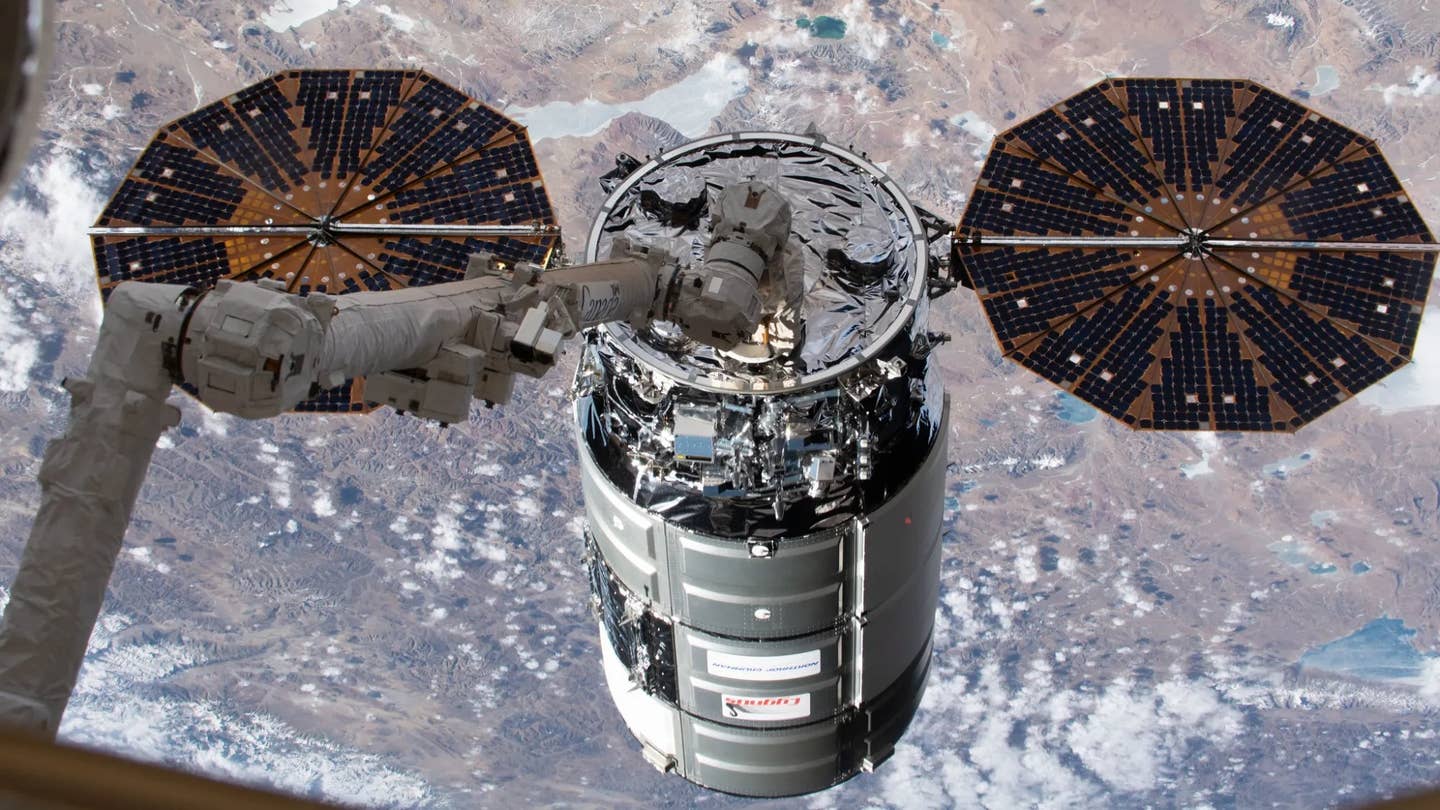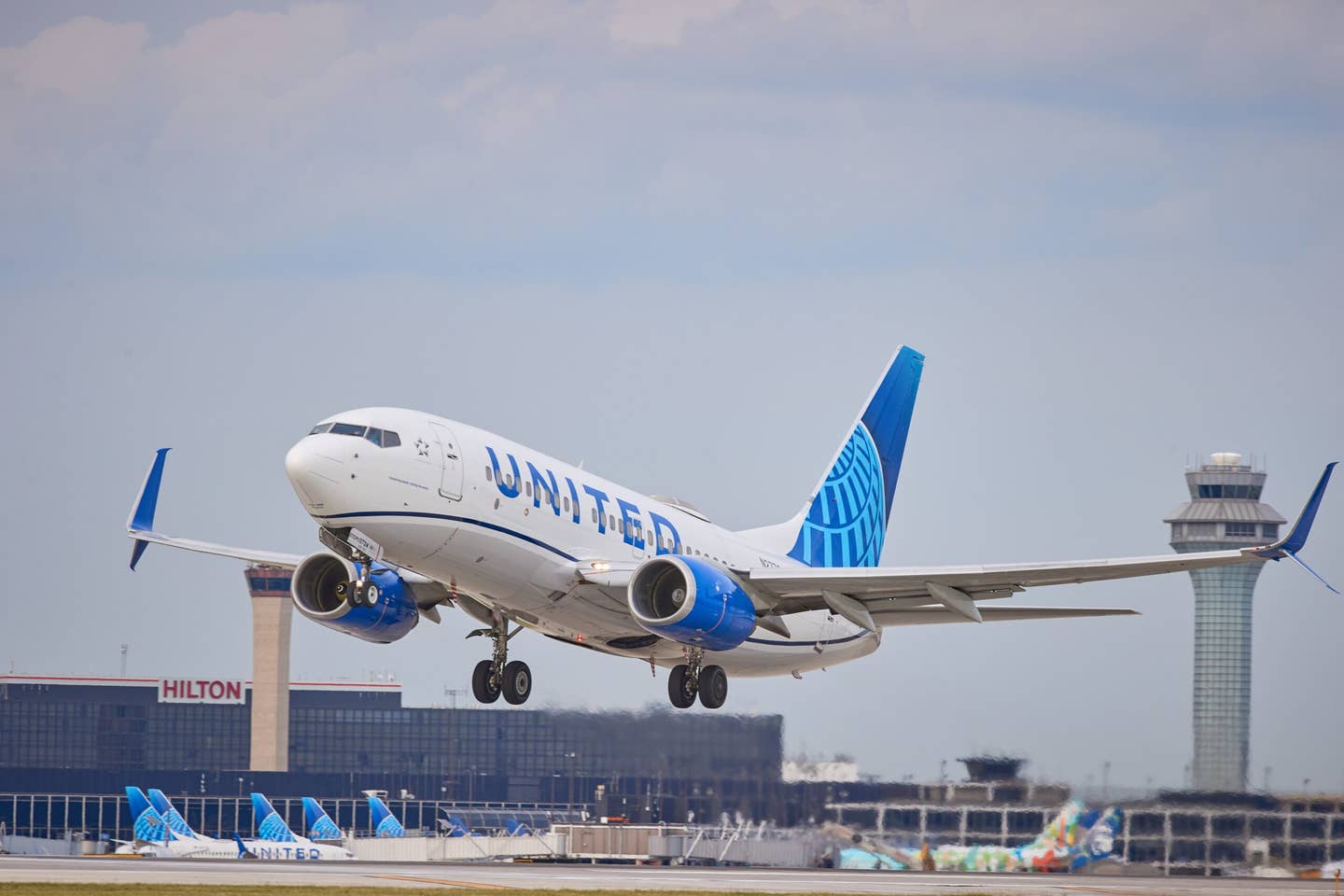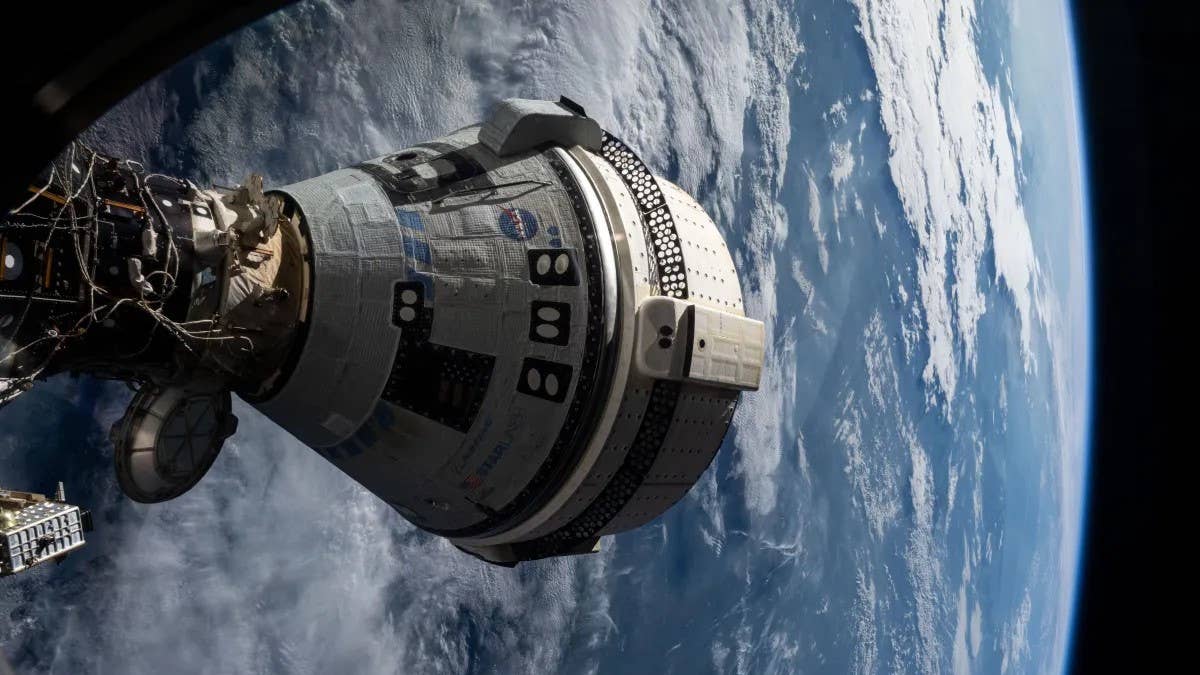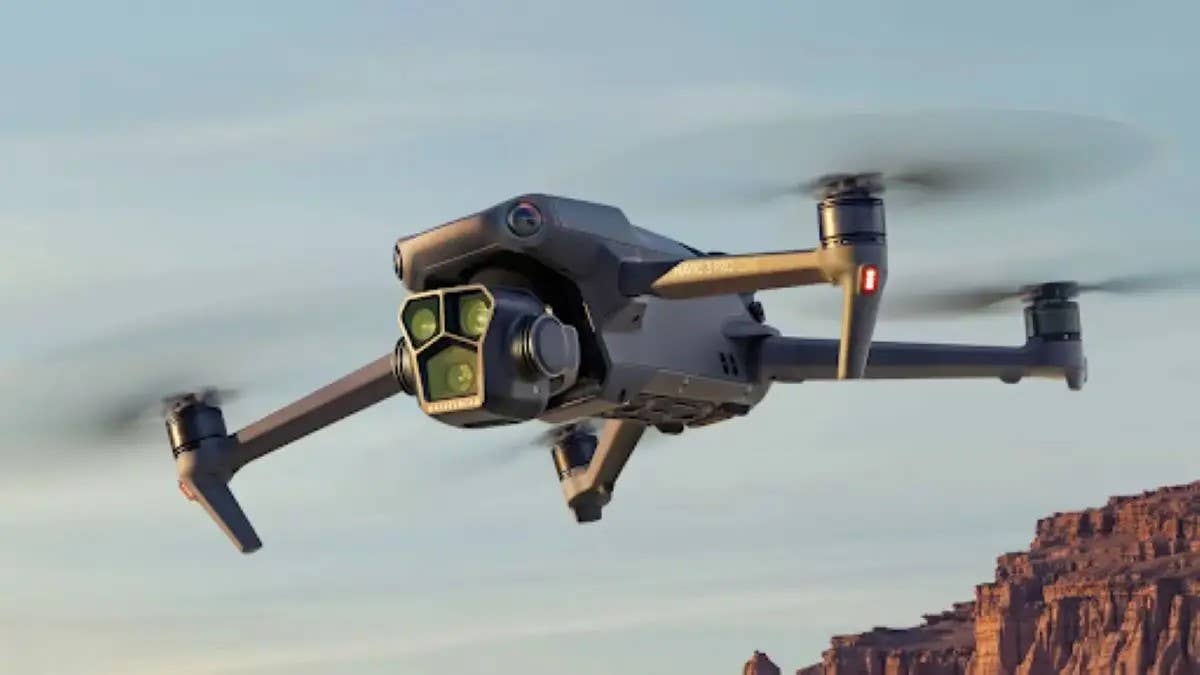Electric Air Taxi Manufacturers Turn to NASA to Model Noise
NASA’s Overflow computer program predicts how air will behave around the aircraft, giving manufacturers insight into potential noise during operations.
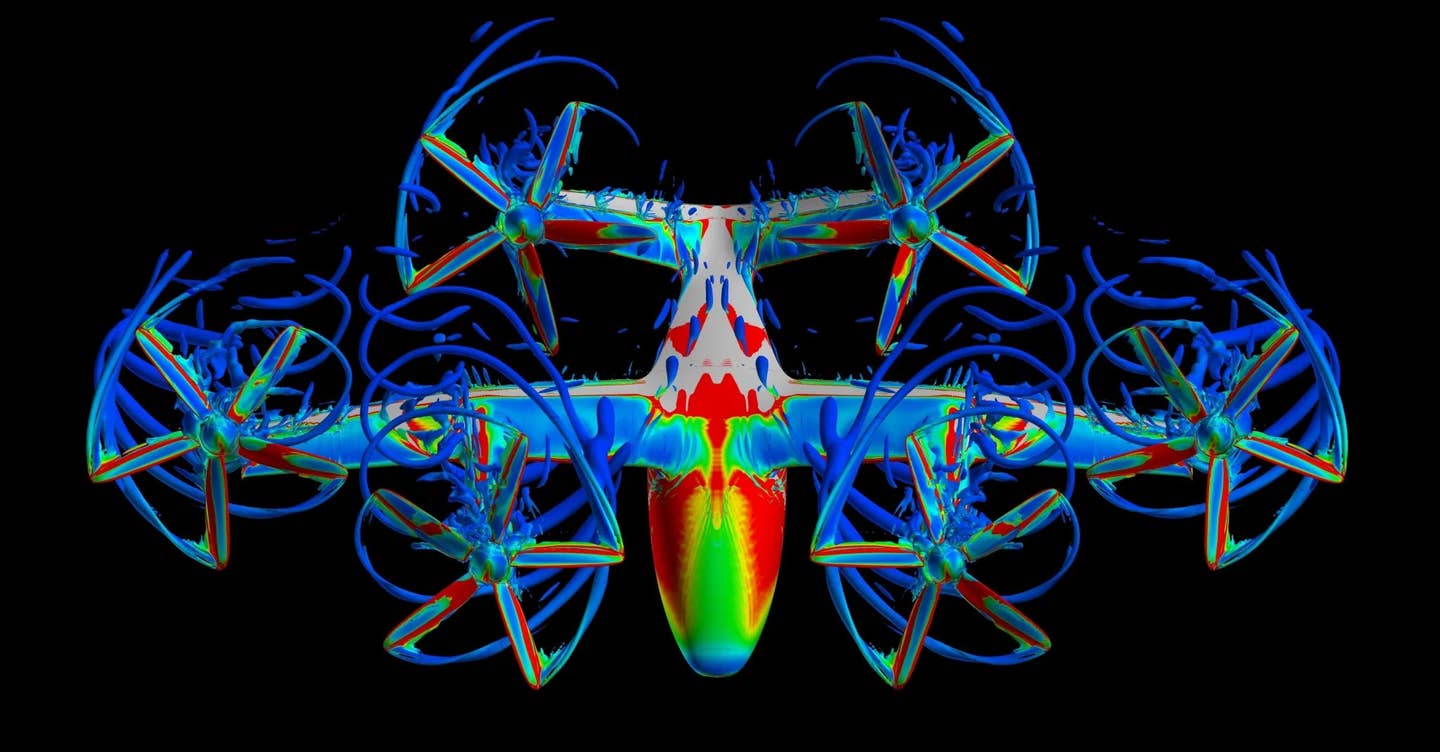
An image shared by NASA depicts the results of an Overflow model measuring the air flows around Joby Aviation’s flagship air taxi. [Courtesy: NASA]
Whether you love them, hate them, or are in the process of building them, electric vertical takeoff and landing (eVTOL) air taxis have a key hurdle to overcome: noise. Air taxi manufacturers are turning to NASA for assistance.
According to the space agency, “several” eVTOL companies are deploying a NASA computer program to model their future operations and the noise they will produce. The program, called Overflow, was developed in the 1990s. But NASA tells FLYING it has made “significant improvements” to its code to improve its usefulness for the industry. The code is publicly available for download.
Manufacturers developing technology related to NASA’s Advanced Air Mobility (AAM) Mission—which explores passenger transport, cargo delivery, public service, and other applications for eVTOL designs—are being granted an early look at how their propellers, wings, and other components may perform in action.
Per the agency, the technology can save these manufacturers time and money when making decisions related to aircraft design.
Overflow is a NASA-developed computer software tool that predicts aircraft noise and aerodynamic performance. Using a series of calculations, the program models the flow of air around an aircraft, anticipating the pressures, forces, moments, and power requirements it might produce.
Users can integrate the Overflow code into their own aircraft modeling programs to measure performance and efficiency. They receive a visual depiction of how air behaves on or around the aircraft, represented by different colors. A high pressure coefficient, for example, might be shown in red, while a lower coefficient is represented by blue.
As NASA points out, fluid flows are one of the culprits of aircraft noise. Understanding how those flows interact with the airframe can help engineers make design decisions that keep volume in check.
Supporters and detractors of eVTOL air taxis consider noise pollution a chief concern, particularly when operations take place over an urban area such as a city. Manufacturers such as Archer and Joby—whose designs combine movable propellers with fixed wings—contend their designs will be quieter than helicopters.
According to images shared by NASA, Archer and Joby each have given Overflow a try. Notably, both companies have a prior relationship with the agency.
Joby in December collaborated with NASA and a recruited cohort of air traffic controllers to model air taxi operations around a busy airport, Dallas/Fort Worth International (KDFW). Air taxi pilots “flew” on predetermined routes in various simulated weather conditions, evaluating traffic schedules developed by Joby based on the manufacturer’s demand projections.
The partners successfully simulated 120 eVTOL arrivals and departures alongside existing airport traffic. According to NASA, certain air traffic control procedures evaluated could be applied and scaled at airports nationwide to accommodate eVTOL aircraft.
Archer, meanwhile, continues to collaborate with NASA on a battery testing partnership. The partners are evaluating the manufacturer’s proprietary batteries to gauge how they could safely be applied to eVTOL aircraft, eCTOL aircraft such as Beta Technologies’ CX300, and potentially even spacecraft. Archer last month completed a critical battery pack drop test, intended to assess the batteries’ resistance to leaks or fires in the event of a crash.
In addition to Archer and Joby, Wisk Aero, the eVTOL air taxi subsidiary of Boeing, appears to be using Overflow as NASA shared an image of what looks to be the company’s Generation 6 aircraft. Archer, Joby, and Wisk are among the top U.S. firms in the AAM industry.
NASA—which is also working with the U.S. Air Force to build a nationwide AAM operations center—the Department of Defense, and FAA have each emphasized growing the country’s emerging aircraft technology in a bid to foster the domestic AAM industry. U.S. agencies and representatives have sounded the alarm on manufacturers in China in particular, fearing that a wave of cheap, mass-produced Chinese aircraft could shut out American competitors.
Those fears may not be entirely unfounded, given that Chinese air taxi manufacturer EHang just received approval from the country’s civil aviation authority (CAAC) to begin mass production. Recently, the company revealed its self-flying eVTOL will have a price tag of just $330,000. Few eVTOL manufacturers are public about the cost of their aircraft, but internal projections typically have been in the millions—not the hundreds of thousands.
Having obtained production, type, and standard airworthiness certification for its flagship EH216-S, EHang is the only eVTOL manufacturer with all three approvals. In the U.S., Archer and Joby are the furthest along, targeting type certification before their expected commercial launches in 2025.
Like this story? We think you'll also like the Future of FLYING newsletter sent every Thursday afternoon. Sign up now.
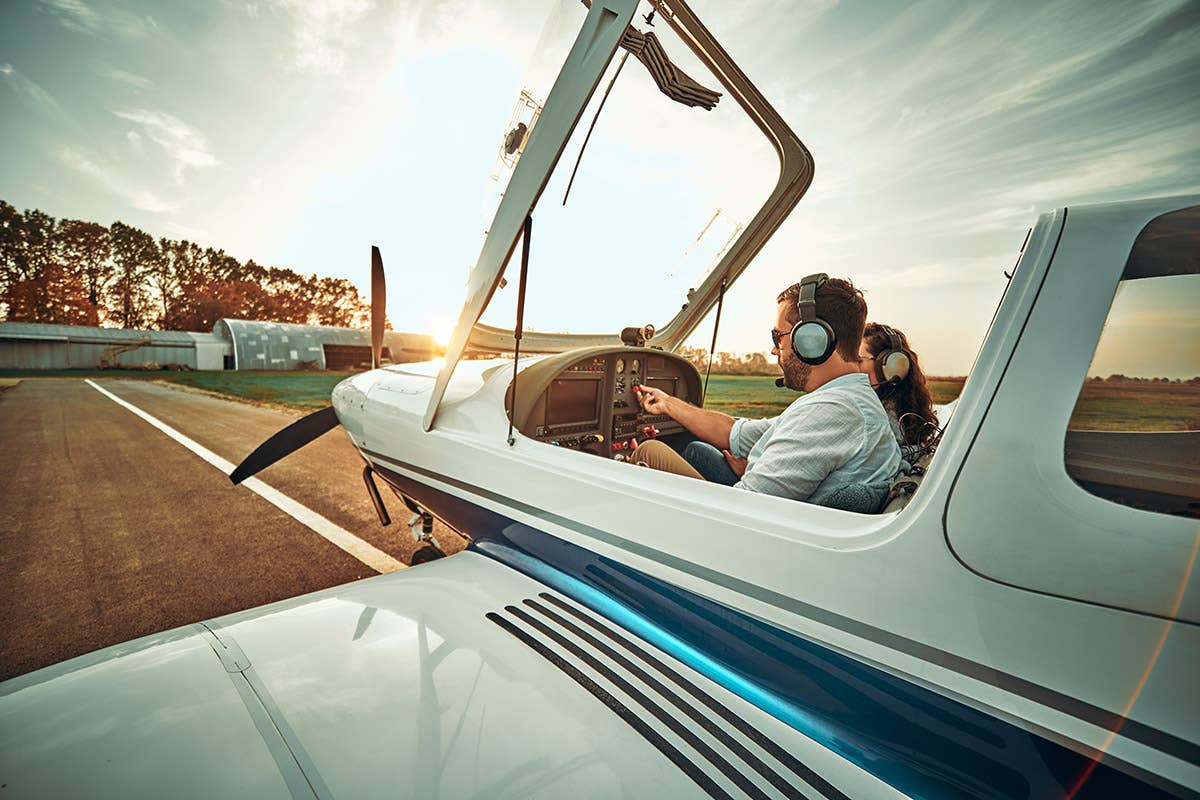
Subscribe to Our Newsletter
Get the latest FLYING stories delivered directly to your inbox

